Lilac is an old favorite shrub which originates from Southeastern Europe. Even though the word ‘lilac’ literally represents one of the shades of purple, the color of the flowers of this beautiful deciduous shrub can vary. They can be white, lilac, pink, lavender, deep purple, blue, magenta, burgundy, and even purple with a white rim.
The mature plants reach approximately 6 to 16 feet (1.8 – 4.9 m) height, and their blooms attract hummingbirds and butterflies. Since this spectacularly fragrant flower flourishes only once a year, you may consider a possibility of combining a few varieties to extend the season of blooming.
Facts about Lilacs
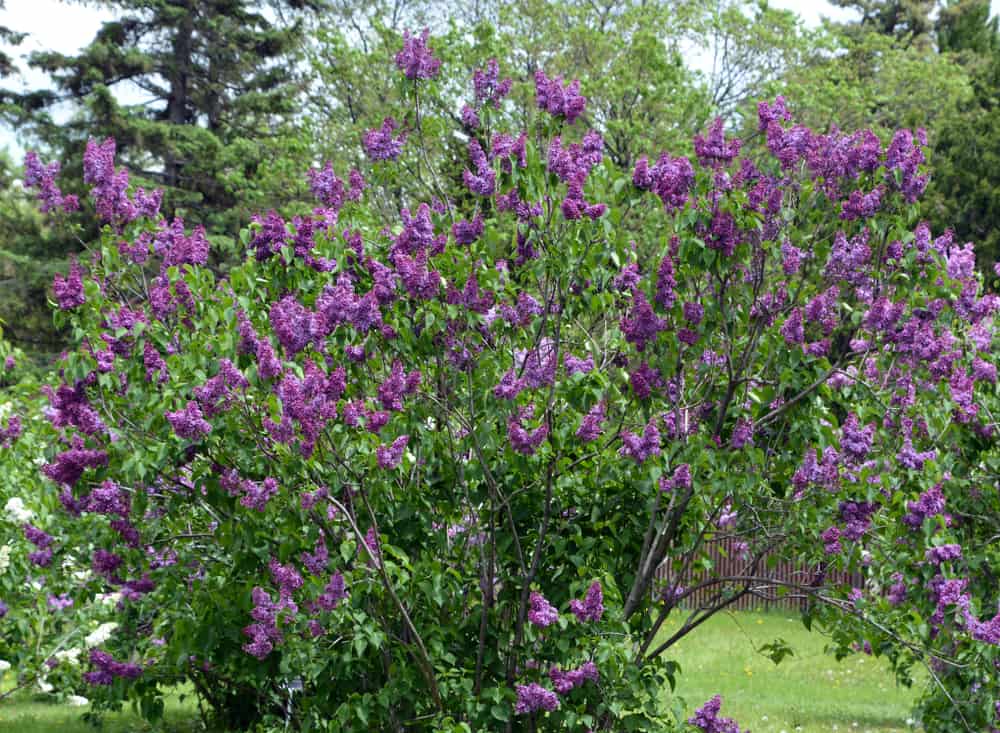
I adore Lilacs because of their beauty, extraordinary fragrance, and the possibility to attract nectar-feeding butterflies. I use sterile types to make the butterfly bushes, which transform my yard into an authentic butterfly garden.
As I have already mentioned, the common Lilac can grow up to 16 feet (4.9 m), but there are several dwarf varieties and even one huge tree. Smaller types can reach 4 to 6 feet (1.2 – 1.8 m) height and 3 to 7 feet (0.9 – 2.1 m) width.
The highest Lilac is definitely Japanese tree (Syringa reticulata) which can grow up to impressive 25 to 30 feet (7.6 – 9.1 m) height.
The most Lilacs flourish in late May, but nowadays, many varieties can bloom from early spring to early summer, including new cultivars which can re-bloom once more.
If you have space in your garden and make an excellent combination of different types of Lilacs, you may enjoy extended blooming time of this flowering plant.
There is one more interesting fact about these fantastic shrubs. Whatever their name says, Wild Lilac and California Lilac are actually not Lilacs at all. While true Lilac belongs to the genus Syringa, those three varieties are parts of the genus Ceanothus.
How to Plant Lilac in Your Garden

Start planting your Lilac in early spring after the last frost. Pick out the spot with the well-drainage ground for the correct development of the root system.
Also, your new plant will need enough sunlight to encourage lush blooming and excellent air circulation to help your flower grow healthy and vigorous. It won’t flourish abundantly if the part of the garden where they have been planted is too shade, without enough free space.
Never plant Lilac in the lawn, because it requires less watering than grass and can’t stand the excessive amount of nitrogen necessary for lush grass growing.
Propagation
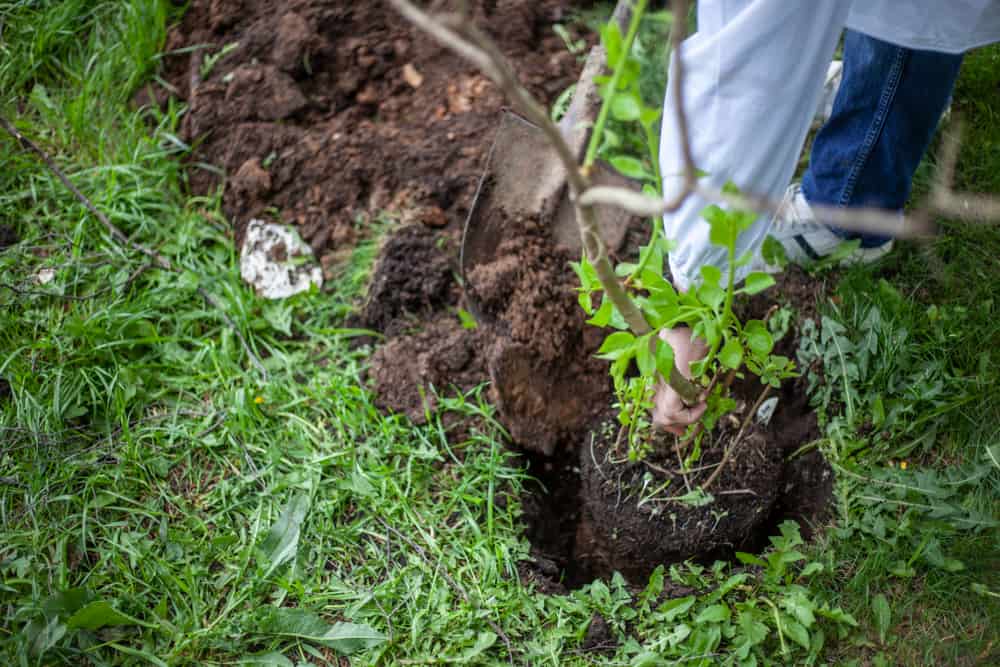
The Lilac tree produces new shoots from the trunk’s base. You can use them for propagating if you have decided that your garden deserves more Lilacs. The procedure is not complicated at all, but you should do it in the proper time.
The best period for cutting shoots from the mother plant is in spring. Start with digging it with a shovel, but take care not to pull that young plant hard to avoid damaging its roots.
Dig a hole and gently place the plant in it. After spreading out the roots add a mix of compost and soil and water it well. It is also recommended to add a loose layer of mulch about 2 to 3 feet (61 – 91 cm) around the seedling.
Keep watering the young plant until establishing appropriately. The shoots allow the shrub to spread rapidly, and the process of propagation will help you to grow a few plants at various locations in the garden.
Sowing
There is also a possibility to sow Lilac seeds in spring, but be prepared that some of the varieties can’t grow from seeds.
How to Care Lilacs in Your Garden
Space
Keep in mind that your bush will need a lot of space. If you want to plant more than one Lilac shrub in your garden, you should place them 10 to 14 feet (3 – 4.3 m) apart.
Soil
Lilacs prefer the neutral to slightly alkaline soil. If the ground in your garden is acidic, add some lime in autumn and raise its pH level. To let your shrub thrive, you should provide fertile, well-drained, and loamy soil, preferably humus-rich one.
This plant usually needs about four years to establish well in a new site in the garden. You may help it by adding a little bit of sweet ground around.
In other words, your beautiful shrub will enjoy the company of oaks and pine trees. They influence the soil the way Lilac prefers. Once established, your flower will probably live for centuries.
Light
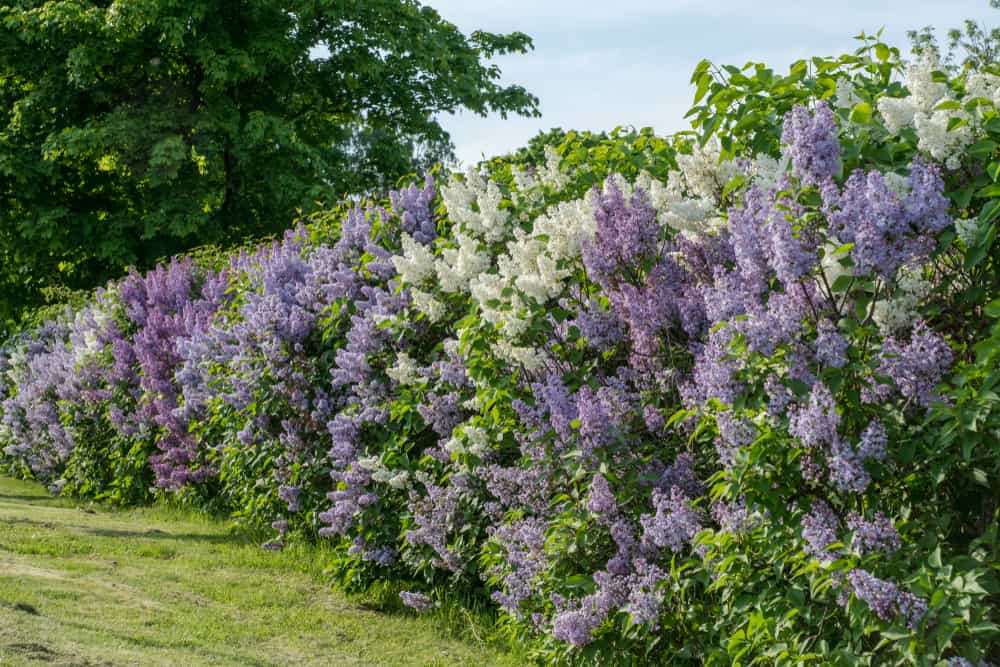
This shrub will grow best in full sun. You can’t expect abundant blooming if you plant it in partial or deep shade. For vigorous and healthy growth, Lilac requires at least six hours of sun a day.
Temperatures
Lilac prefers growing in colder climates, and some of them can stand even freezing temperatures. Unfortunately, if you live in the hot and humid region, you need to choose some other fragrant plant to grow.
Watering
The rules number one, when we are talking about Lilacs, is that you should water your plant thoroughly but you shouldn’t do that too often. The problem is that its roots mustn’t be saturated with an excessive amount of water too often.
In fact, after the young plant is well-established, and its root system becomes deep and sturdy, you should start avoiding watering your plants daily. The best option is not to water it before the top of the ground becomes thoroughly dry.
Watering once a week during hot summer days is necessary to prevent the appearance of withered and distorted leaves. However, a better solution is mulching around the shrub. Without too much evaporation, the soil will stay moist but never soggy.
Fertilizing
In general, Lilac is not the type of plant which requires being fertilized abundantly. Actually, if you feed your shrub too much, it won’t bloom well.
Sprinkle granular, 10-10-10 fertilizer or compost around the base of your plant in late winter, after the first growing season. That will provide enough nutrients for it during the following year.
Since the new buds are always set the previous year, that way of feeding will support the foliage and blooms during the current season.
More important is providing excellent aeration of the soil and taking care to prevent the accumulation of nitrogen. Otherwise, you will encourage the growth of abundant foliage without the appearance of desired, sweet-smelling blooms.
Mulching

Applying a thick layer of mulch in spring will control weeding and retain necessary moisture of the ground. The best solution for mulching your Lilac will be two to three handfuls of wood ash or limestone per 3 feet (0.9 m) tall plant.
Weeding

Regular weeding will improve the flourishing of your Lilac. Any unwanted weeds near the roots can interfere with the plant.
Pruning

The point of pruning is to remove damaged branches and leggy stems, as well as to cut off the withered flowers. That way, you will get a healthy and vigorous shrub, prevent the forming of seeds, and ensure excellent air circulation.
Also, you should remove aged plants which don’t flourish well and help your Lilac to become renewal. Therefore, try to cut approximately one-third of the oldest branches and stems, but not more than 10 to 15 inches (25.5 – 38 cm) from the surface of the ground.
That way, you will encourage the growth of new branches directly from the plant’s base. In average, your plant will need at least three years of regular pruning to rejuvenate entirely.
Your tree may have some difficulties with flourishing during that period. For these reasons, don’t neglect your plant, follow the recommended annual rhythm of pruning, and avoid drastic cuts if it is not necessary.
Deadheading
Deadheading is an essential procedure for repeat-blooming varieties. It stimulates the blooming and the production of new leaf buds. For other types of Lilacs, it is a pure cosmetic activity which makes your plant look much better.
Why Lilac Sometimes Refuses to Flourish

- Late freeze – If the late frost damages new buds, they won’t flourish in spring. This problem is not permanent, and your plant will keep blooming the next year.
- Insufficient light – If you plant Lilac at the spot without a lot of sunlight, it is very likely that your plant won’t produce flowers during the regular season. The same thing may happen when the weather is colder than usual. Remove the shrub on the sunnier place or thin the foliage of the nearby trees to make more space around your Lilac. Be sure that it will bloom the following season regularly.
- Aging – Maybe your Lilac doesn’t bloom because it is too old. It is entirely natural that the number of flowers decreases over time. Try to rejuvenate it by pruning. After a few years of stagnation, your Lilac will return to full flourishing.
- Improper pruning – You don’t need to prune vigorous and healthy Lilac at all. However, if you do that, be careful because any damaging may cause lack of flowers in the next season. If your tree is old, and you want to renew it by pruning, be prepared that it won’t flourish at least three years.
- Root restriction – Whatever is the reason that leads to the limitation of the root system, it will lead to poor absorption of phosphorus from the soil. Consequently, your plant will stop blooming. To prevent this, take care to avoid over-watering and inadequate root pruning. If you grow your Lilac in a container, choose the right size of it to allow the proper development of roots.
- Over-fertilizing – If you add fertilizer rich in nitrogen, which promotes the growth of the foliage, your Lilac probably won’t flourish. You may solve the problem by adding bone meal rich in phosphorus in the soil, which will encourage blooming.
- Pests and diseases – If everything else is all right, and you can’t find a reason why your shrub refuses to bloom, check it for pests and diseases. Pay special attention to the occurrence of borers or scales. If you spot them, start treating your Lilac right away.
It will probably sound weird and cruel, but there is one efficient way to force your plant to start blooming. Whack a pot with your lilacs with a stick or rubber hose. That ‘beating’ will make the shrub think it begins dying. Almost immediately, the plant will switch into survival mode and start producing flowers.
Lilac Pests and Diseases
Powdery mildew
If these fungi appear on the foliage in summer, they can damage it. You will notice spots on leaves, and they will start wilting. However, the effects are not worrying. In general, they can’t cause permanent harm.
Bacterial blight
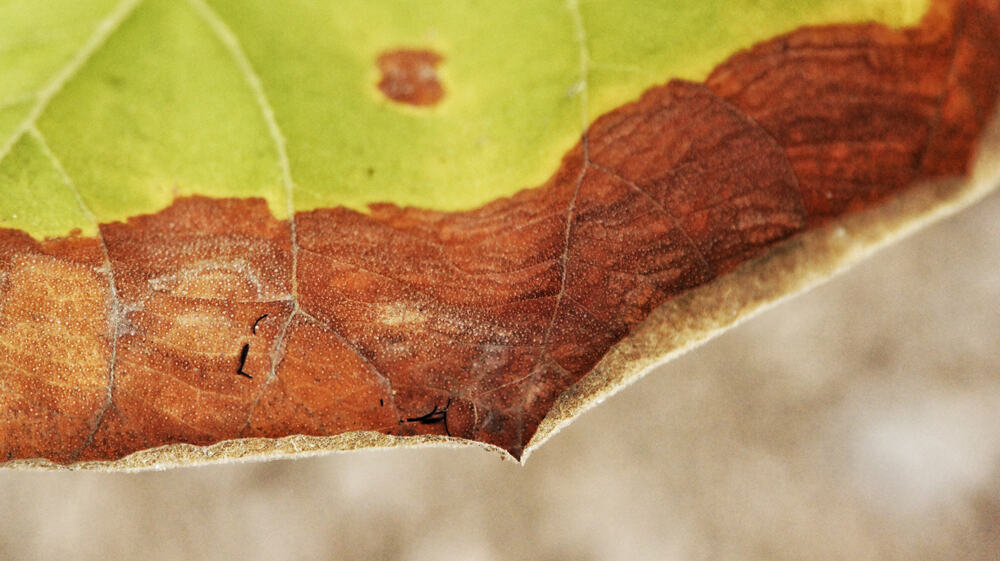
The whole problem with dieback of young branches and shoots causes bacteria Pseudomonas syringae. Once it occurs, you will see distorted foliage with water-soaked areas which begin dying over time.
Timely pruning will keep this disease under control. If the infection continues to spread, you can try to solve the problem with copper fungicide.
Scales
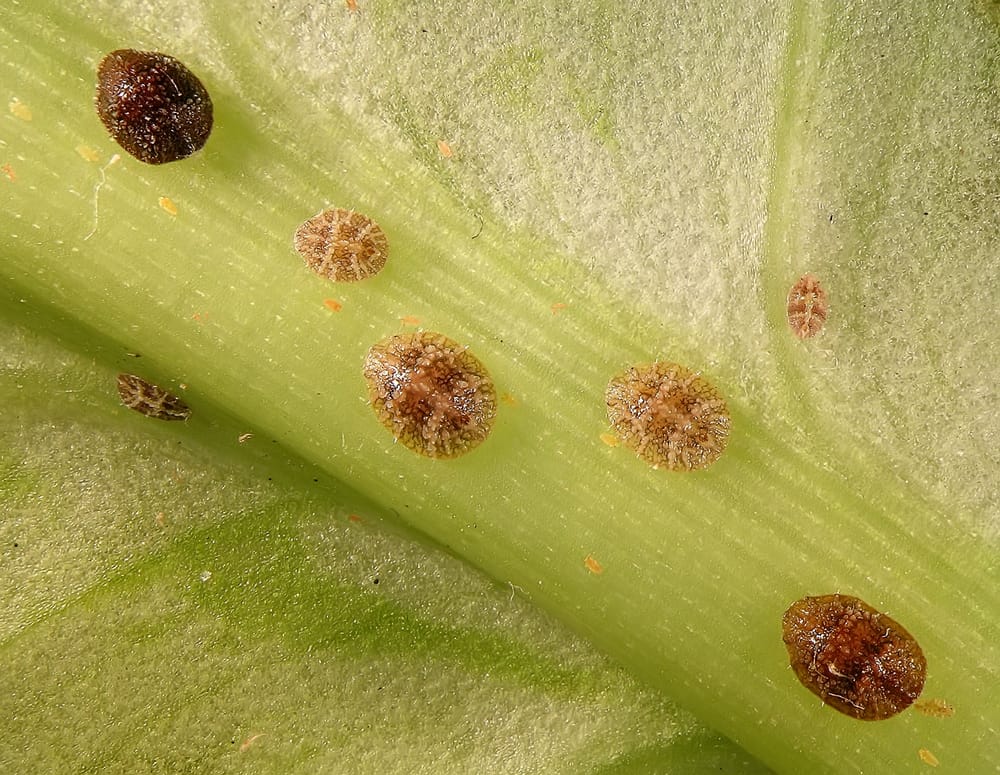
You may have a problem to detect those tiny insects because they can look like a waxy growth on the stem. Get rid of them with neem oil and prune your Lilac regularly.
Borers
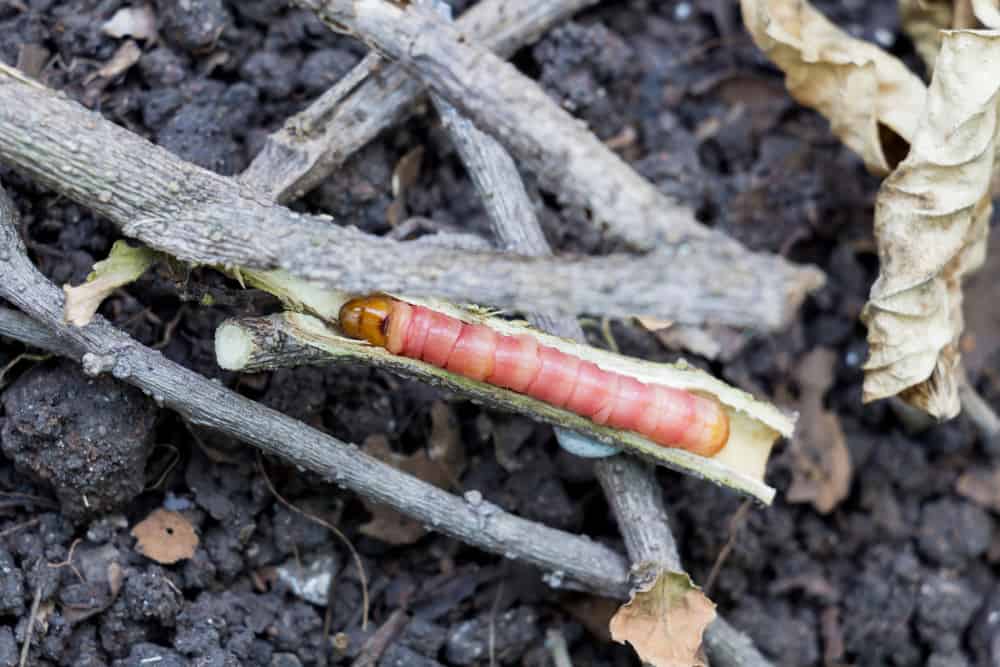
They are the clearwing moths’ larvae, which live inside the Lilac stems and cause a lot of damage. Fortunately, these caterpillars have a lot of natural enemies, which use them as food.

Leave a comment